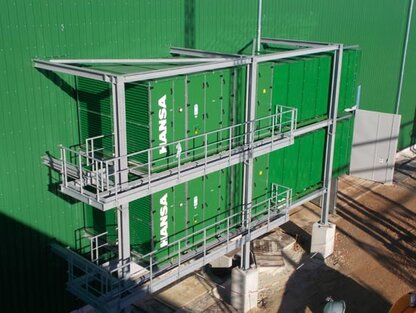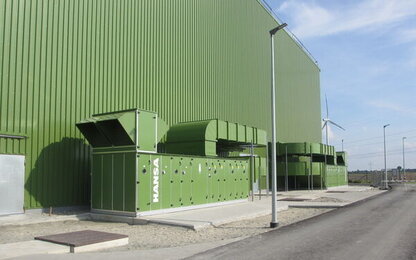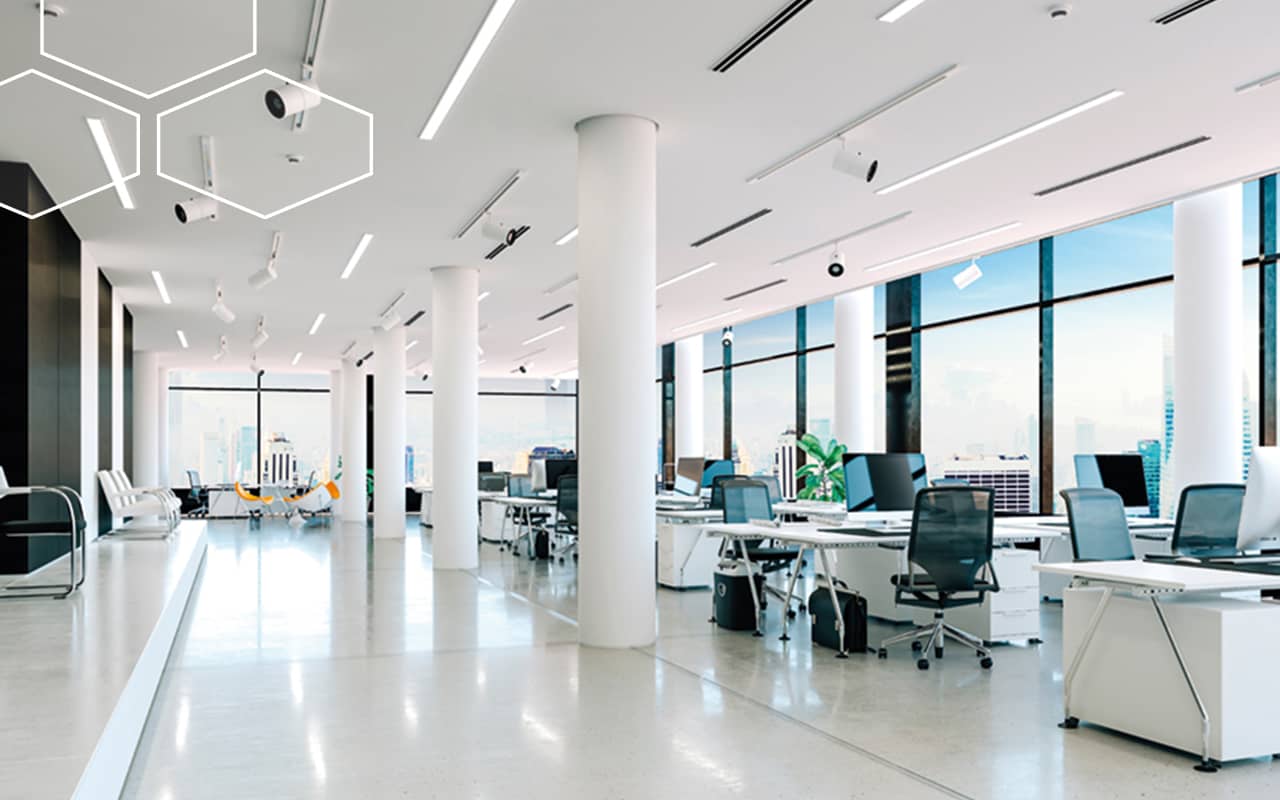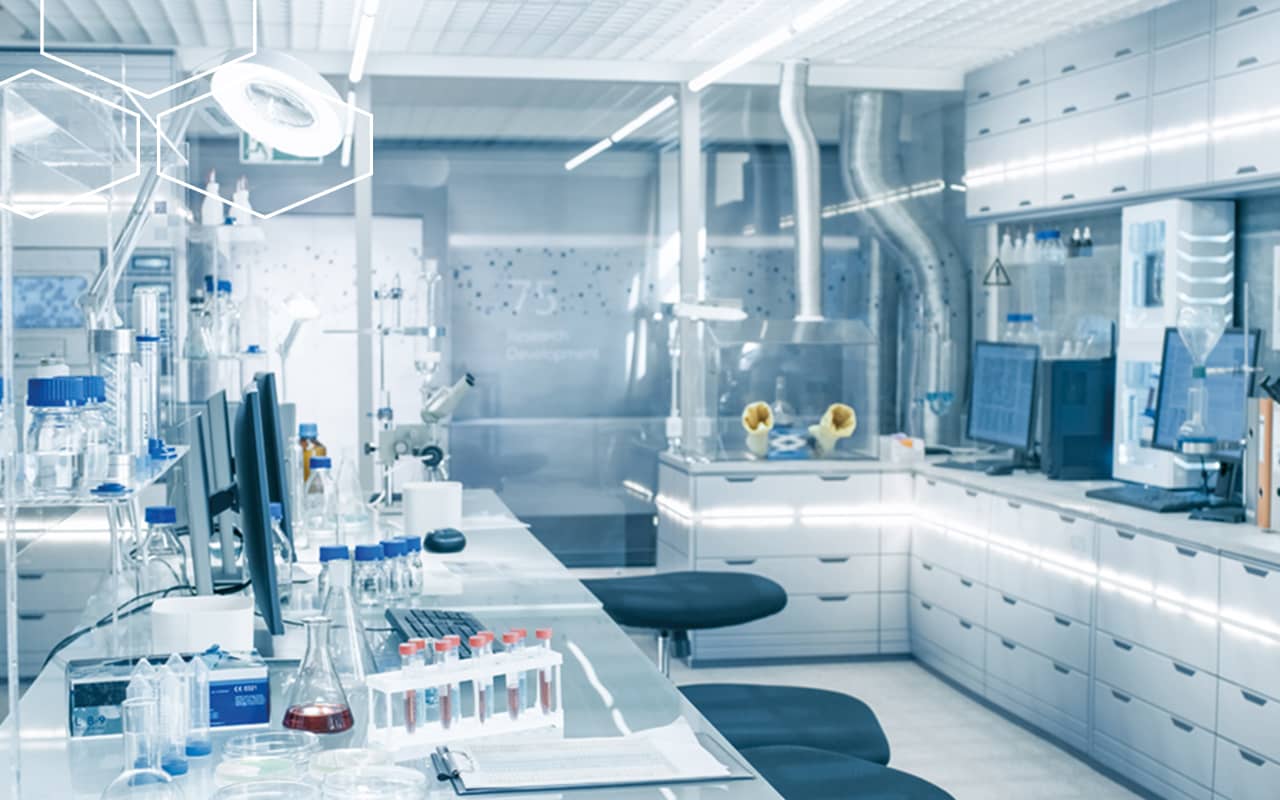Industrial ventilation and air conditioning
Industrial air quality is not an end in itself, but rather a matter of operational safety: processes run smoothly, equipment remains protected, and downtime is reduced. We design and manufacture ventilation and air conditioning systems for industry – ATEX-compliant, energy-efficient, and scalable up to 150,000 m³/h. From heat dissipation and filtration to pressure maintenance, we approach solutions from the process perspective – not from a catalog.
What we solve
ATEX & Safety. Zones, temperature classes, low-ignition design: We design components and materials to fit your explosion protection concept – documented, tested, and approved.
Plant Protection. Heat out, moisture under control, particles filtered. This prevents corrosion, deposits, and unplanned downtime.
Energy & Costs. Heat recovery, adiabatic cooling, demand-controlled flow rates – measurably less OPEX with the same quality.
Hygiene. Cleanable surfaces, suitable filter stages, low-leakage housings – depending on the medium and industry.
Series & Solutions
Free Line – the modular industrial HVAC system. When specifications become extensive: scalable air volumes, sections as needed, interfaces such as BACnet/Modbus, redundancy on request.
Read more
ReCool – Efficient heat dissipation. Recooling and adiabatic concepts for manufacturing, IT/control rooms, and halls. Goal: constant conditions at low operating costs.
Read more
Slim Line – for when space is limited. Compact design for technical centers, mezzanines or renovations with narrow shafts – without compromising maintenance access and heat recovery.
Read more
Capacities & Performance
A system should never be a bottleneck. Our units operate at up to 150,000 m³/h per unit/field, offer stepless control, and can be cascaded. Heat recovery is standard, as are EC and frequency control. For monitoring, we provide KPIs such as m³/h, kWh, Δp (filter), and alarms – locally or remotely.
ATEX and plant protection – implemented in practice
First, we determine the zone/group/temperature class and the medium. Then we select explosion-proof components, conductive materials, and the appropriate control system. Finally, we test flow rates, temperatures, leak tightness, and document everything for acceptance testing. This is how ATEX transforms from a project risk into a process standard.
Cases & Normen (VDI/DIN)
Typical applications: metalworking, chemicals/plastics, food/pharmaceuticals, surface technology, foundries, mechanical engineering. The design is based on VDI/DIN standards as well as your company's standards and explosion protection documents. We can provide references from comparable projects upon request.
This is how we work together
1. On-site assessment: Process, media, specifications, space.
2. Design & quotation: Air volumes, heat recovery/adiabatic filtration, interfaces, ATEX certification.
3. Manufacturing & commissioning: Measurement reports, training, monitoring – ready for regular operation.
Specifications (orientation – as data anchors)
Airflow: up to 150,000 m³/h per unit/unit
Control: stepless, BACnet/Modbus, optional cloud/remote
Heat recovery/adiabatic cooling: available, combined according to project specifications
ATEX: zone-compliant (zone/group/temperature class according to risk assessment)
Maintenance: front access, Δp monitoring, filter replacement based on condition
(Specify values according to your standard ranges if required.)
FAQ
In short: robust air handling units/air conditioning systems for large air volumes, continuous operation, and special requirements such as ATEX or hygiene.
They efficiently and safely manage, condition, and monitor process and ambient air.
In short: heat dissipation, filtration, and defined air conditions.
Depending on the process, this includes temperature/humidity management, pressure maintenance, and product and equipment protection.
Appropriate airflow, safe design, low OPEX.
We combine heat recovery/adiabatic filtration, cleanability, sound insulation, and your factory standards – including ATEX, if required.
OPEX outweighs CAPEX over the lifetime of the product.
Demand-side control and monitoring reduce energy and filter costs and prevent costly downtime.
The medium determines the filter, housing, and cleaning process.
Oil mist, dust, or aerosols require suitable stages and materials – designed for reliable processes.
Cleanable surfaces and sealed systems.
This includes defined pressure levels and suitable filter concepts; optionally zoned areas.
Flammable dusts/vapors require zone-compliant systems.
Ex-rated components, material selection, and documentation are mandatory – we supply everything from a single source.
Availability and data security.
Constant temperatures, redundancy, and energy-efficient cooling prevent failures.
Quality requires reproducible conditions.
Temperature, humidity, particle size, and pressure zones are closely controlled and monitored.
Improved heat recovery, intelligent control, condition-based maintenance.
This reduces energy consumption and downtime – measurable in kWh, Δp, and operating times.
Project examples from industry
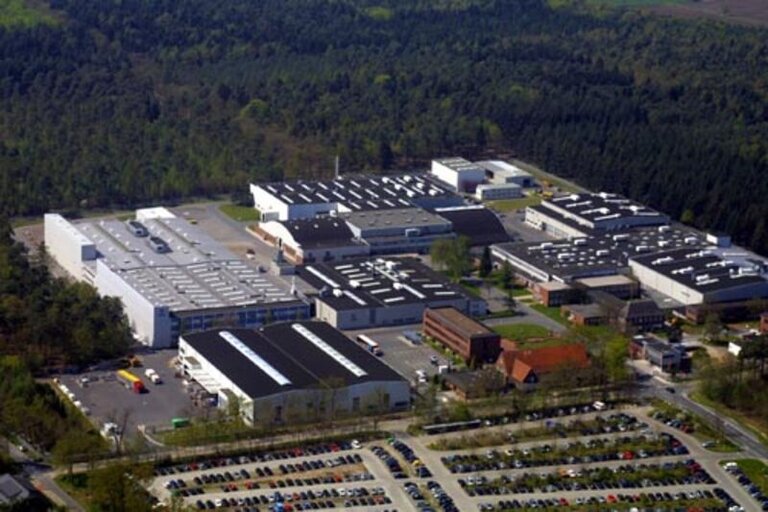
Premium AEROTEC, Varel
Premium AEROTEC is a leading global supplier of civil and military aerostructures. The large and small parts production facilities, equipped with…

Wergona Schokoladen GmbH
At Wergona Schokoladen GmbH, chocolate products are produced on an industrial scale in one of the world's largest and most modern factories of its…
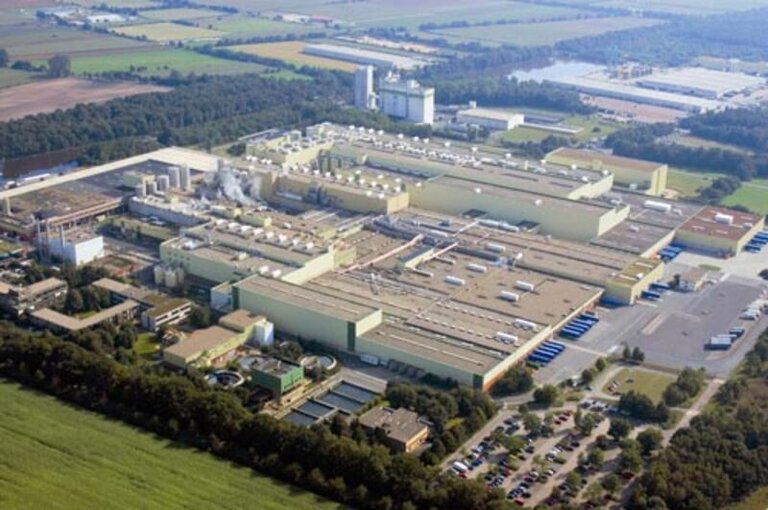
UPM Nordland Papier GmbH
In the course of our more than 20 years of cooperation with UPM Nordland Papier GmbH, various systems have been delivered for a wide range of…

Technology Center Nordenham
The Nordenham Technology Center brings together companies, universities, research institutes, service providers and suppliers under one roof. Here…
